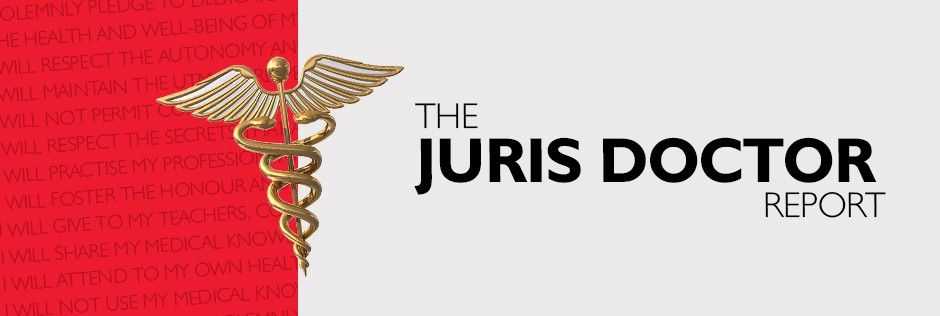New Stark and Anti-Kickback Exceptions: Just yesterday, the Department of Health and Human Services issued proposed rules that have yet to be published in the federal registry, that loosen the prohibitions in the Stark Law and Anti-Kickback Statute to include new exceptions centered on value-based arrangements. The OIG drafted the proposed rule regarding the Anti-Kickback Statute and CMS drafted the proposed rule regarding the Stark Law. Although there are many significant changes, one of those changes is revising the definition of fair market value “to eliminate the connection to the volume or value standard,” which should eliminate a lot of ambiguity in the law. These changes are widely viewed as another push by the federal government toward value-based payments. To review the proposals, click here and here.
Medicare Expansion: On October 3, 2019, President Donald Trump signed an executive order directing the Health and Human Services Secretary to implement wide-ranging changes to Medicare Advantage, an increasingly popular program providing private Medicare plans for seniors. The order aims to provide more plan choices to seniors by encouraging innovative Medicare Advantage benefit structures and plan designs, such as regulatory changes to improve accessibility to Medicare Medical Savings Accounts. The order also calls for a payment model that adjusts supplemental Medicare Advantage benefits to allow Medicare beneficiaries to share more directly in the savings from the program, including cash and monetary rebates. The order emphasizes that Medicare FFS should not be advantaged or promoted over Medicare Advantage with respect to its administration. For a copy of the complete executive order, click here.
HR 4387 – Approved – This federal statute reduces drug prices under the Medicaid Drug Rebate Program. Some manufacturers make their own generic version of their brand name drugs, known as “authorized generics.” A manufacturer can sell its authorized generic version to a secondary manufacturer for distribution, but if that secondary manufacturer has a corporate relationship with the brand-name drug company, the brand-name company may intentionally charge a much lower “transfer” price than it would otherwise charge an unrelated company. This would have the effect of reducing the Medicaid rebates the manufacturer pays for its brand-name drug because the formula used to determine rebate amounts is based on the Average Manufacturer Price (AMP), which incorporates the price of authorized generics. This bill eliminates authorized generics from the calculation of rebates. This is the second provision related to the Medicaid Drug Rebate Program that was enacted this year. In April 2019, Congress enacted H.R. 1839, which included a provision to deter the problem of misclassification by drug manufacturers of their brand-name drugs as generics to lower the rebates they must pay, since the minimum base rebate for generic drugs is 13% of AMP compared to 23.1% for brand-name drugs. For the complete statute, click here.
If you have any questions, please contact Khaled J. Klele, Latoya Caprice Dawkins, or Ryan M. Magee.
The list above does not include every proposed or adopted legislation, litigation or guidance document that may impact the healthcare industry. Instead, it includes only a select few chosen by the authors, and any information in this post is not intended to provide legal advice. If you are concerned that a proposed or adopted legislation, litigation or guidance document may impact your practice, then you should seek legal advice. Nothing in this post should be relied upon as legal advice in any particular matter. © 2019 Riker Danzig Scherer Hyland & Perretti LLP.




